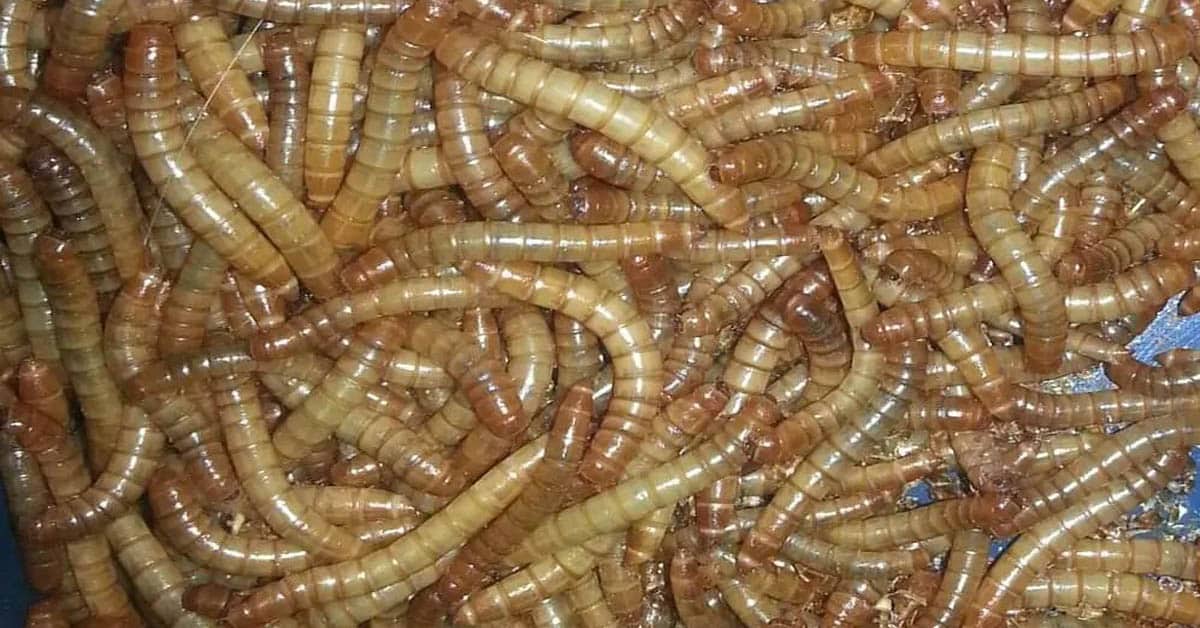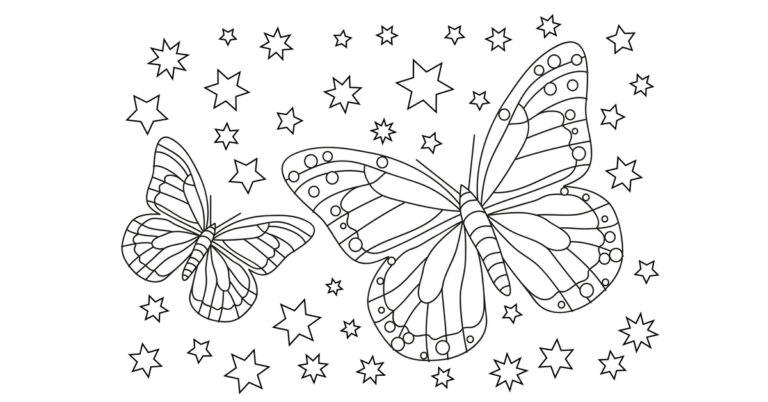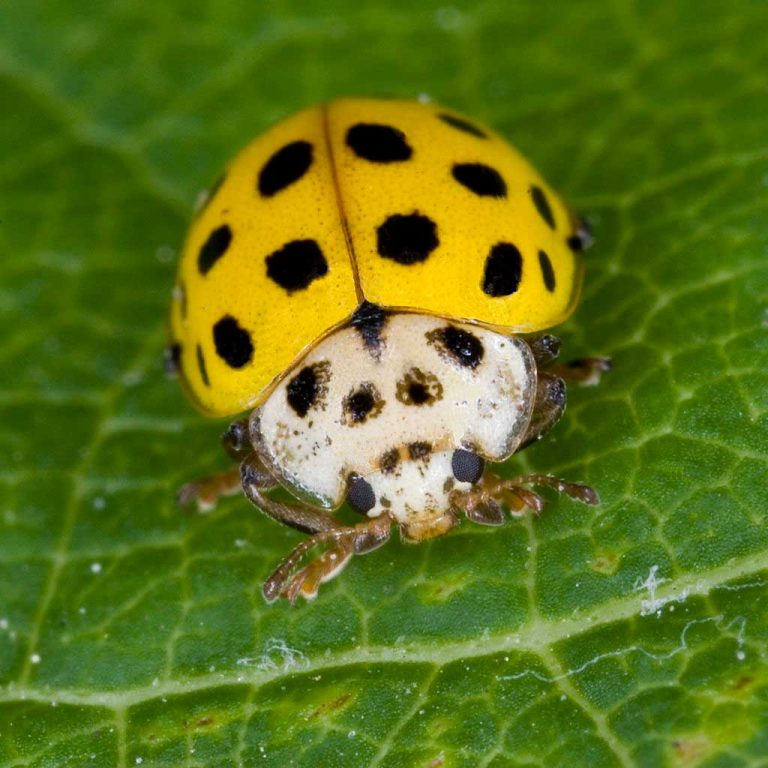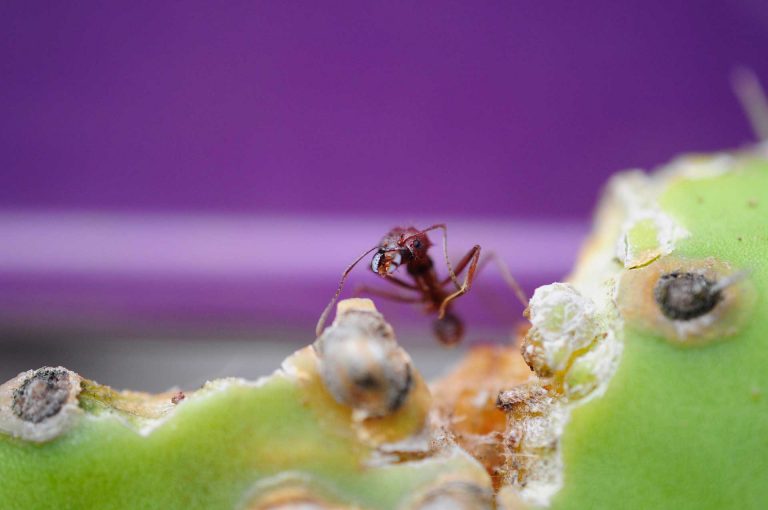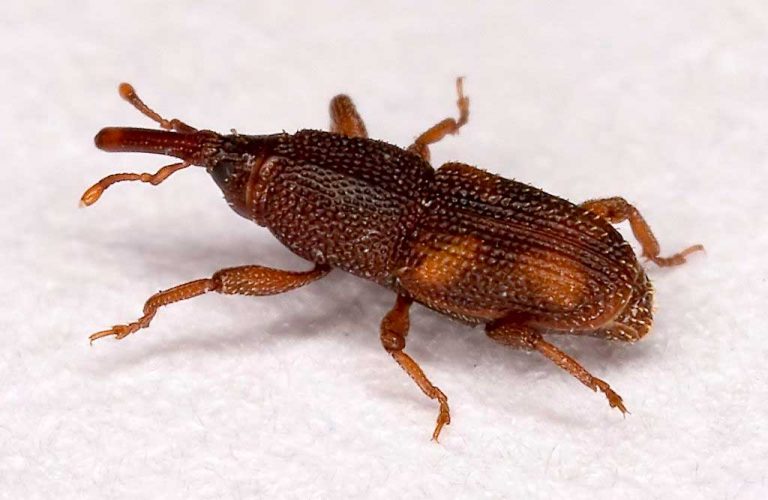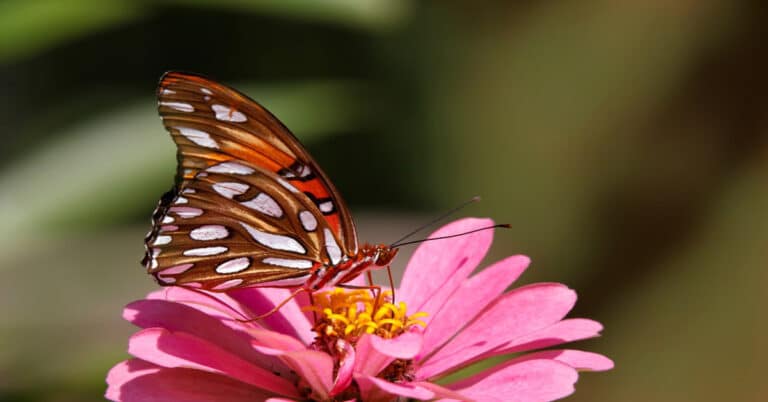Mealworm Life Cycle – Transformation From Egg To Darkling Beetle
Mealworms are one of the most useful insects that are often kept as pets, used as pet food, or even eaten as a delicacy in many cuisines worldwide. However, their habit of degrading the organic matter makes mealworms valuable insects in the composting process.
Since you came across this article, you must wonder about the mealworm life cycle. These little creatures, like other insects, go through the metamorphosis process of development. Learning about them and exploring the mealworm life cycle up close can be very interesting things to do.
Biology of Mealworms
Even though their name may indicate so, mealworms are not worms at all. Instead, they are the larvae of the Yellow Mealworm beetle, which is a darkling beetle species. They are holometabolous insects and go through several stages of development before reaching the beetle stage.
Their metamorphosis process starts in the egg stage, followed by larva, pupa, and finally, adulthood. An interesting fact about those creatures is that the individuals of every next stage can consume ones in the previous stage. For example, the larvae eat eggs, the beetles eat mealworms, etc. The separation of life cycles and stages is important to avoid cannibalism.
Mealworm Life Cycle
Mealworms are members of the Tenebrio Molitor genus, and there are more than 20,000 distinct varieties of darkling beetles.
A darkling beetle undergoes full metamorphosis, and as a result, it goes through four unique life phases. Due to environmental elements, including temperature, availability of food, humidity, and water, the length of time the mealworms spend in each stage might differ significantly.
Egg
The mating process of the adult beetle can last for two weeks. One female typically lays 100 to 200 eggs. Overall, adult females can lay up to 500 eggs in their lifetime. The egg stage of the mealworm life cycle is the first phase.
The eggs are typically white and have a bean shape. The eggs are an average of 0.07 inches (2mm) in diameter. They are very tiny and sticky. The eggs can be concealed by the substrates, such as dust and dirt, and can be laid on any substances.
The egg phase of the mealworm life cycle typically lasts for up to 4 weeks. The eggs are often the target of reptiles and many other predators. After the eggs are fully developed, the larvae are hatched. If the temperature is low, then it can take 4 to 8 weeks.
Larvae
The larvae stage is the second phase of the mealworm life cycle. It can last from 8 to 10 weeks. At first, the newly hatched babies have trouble seeing. They spend most of their time on the forest floor. There they found the wet food that is available all the time.
Mealworm larvae are brownish and have six legs. After some time, their color changes to orange or brown. After hatching, those crawling creatures are very small, only about 0.12 inches (3mm) long. However, they grow slowly and gain significant weight. Larvae are typically 0.98 inches (2.5 cm) in length.
As the mealworm larva grows, it sheds the exoskeleton. The molting happens around ten or twenty times. Newly molted mealworms have a very soft exoskeleton and are white, but they can become harder pretty quickly.
The vast majority of this phase is devoted to eating. They consume as much food as possible to store enough energy for the next modifications. In the larva stage of the mealworm life cycle, they consume dead insects and vegetation.
Pupa
After the larvae molt, it finally turns into a pupa. At this stage of the mealworm’s life cycle, the pupa is white too; over time, it turns brown gradually. The pupa stage lasts between 3 and 30 days. It generally depends on environmental conditions and temperature. For example, if the pupa is in an environment where the temperature is around 95-104 Fahrenheit (35-40 degrees Celsius), its pupal phase will be elongated.
The pupa does not have a mouth or anus. Therefore, it can not be eaten. In this mealworm life cycle phase, the insect has wings and legs but without any function. Therefore, all those things make the pupas very vulnerable and helpless. The only thing they can do is wiggle. However, slowly, the organs and the pupa themselves become adults.
As mentioned above, the high and low temperatures, worm densities, humidity, and insufficient food sources can cause the pupa stage to be slowed down. On the other side, optimal temperature, average humidity level, and low worm densities will increase the level of successful pupal development.
Adult
The adult stage is the last phase of the mealworm life cycle. Adult mealworms can be between 0.49 and 0.71 inches (1.25-1.8cm) in length. Adult mealworms turn into darkling beetles. At first, the beetle is white and has a very soft and weak exoskeleton. However, over time, the exoskeleton hardens, and as it gets stronger, the color becomes brown at first and then black.
The life expectancy of beetles is approximately 3 to 6 months. However, it also depends on the temperature and other environmental factors. Even though the beetles have wings, they can not fly.
Reproduction of Mealworms
The mealworm life cycle starts with reproduction. Once reaching adulthood, beetles are ready for reproduction in approximately two weeks. After the mating, the females burrow the eggs in the soil or any type of available substrate. They can be pretty prolific breeders, and females lay hundreds of eggs.
The breeding of beetles consists of three steps. The first step is for males looking for a suitable female. They mount the females and inject the sperm with the aedeagus. After several days, the female lays eggs.
Mealworms & Humans
Pet & Pet Food
Mealworms are typically kept as a pet. This is because they are very easy to feed and can consume stored grains.
Those little insects are also grown as food for other pets such as fish, birds, and reptiles. They are one of the greatest sources of nutrition because of the high quantity of protein they contain. Fish also enjoy eating mealworms, which is why they are widely used as fishing bait.
You can purchase mealworms commercially. The growers feed them special food so they can be in the larva stage longer and be large. The mealworms grown by the breeders can reach a length of 0.7 inches (2 cm) or even larger.
Raising mealworms and having them as pets is very easy. It can also be a fun hobby because they do not require much care and need very little to grow. Because of their ability to even withstand harsh conditions, you can even raise and breed them for your reptiles at home.
Human Food
In some cultures, mealworms are considered to be a delicacy. For example, they are one of the major ingredients in insect burgers. Especially popular in Southeastern Asian countries, mealworms are considered healthy snacks for a pretty long period of time.
An interesting fact is that mealworms were assessed by the European Food Safety Authority and were considered novel foods. Therefore, it is safe and harmless for human consumption. They are the first insects to be approved for human consumption.
Larvae are considered to be very nutritious. For every 100 grams, there are 14 to 25 grams of protein, which is up to 206 kilocalories. Additionally, the larvae also include sodium, iron, zinc, selenium, copper, and potassium. Compared to beef, those little insects have higher levels of nutrition and beneficial vitamins. They can be reared with bran, grain, potatoes, carrots, oats, and even apples.
Ability To Degrade
Another great use of mealworms is that people often put them in organic matter to make compost. Those insects can degrade polystyrene at a rate of 34 to 39 milligrams in one day. This is possible because of the microorganisms found in the mealworm’s gut.
Mealworm Habitat
It is believed that the mealworms are native to Mediterranean areas. The archeological fossils show that those creatures were living in the Bronze age, around the territories of Turkey.
Mealworms today are found in the forests of African countries. However, today, they can be found all around the world because of humans. In North America, mealworms have become naturalized species. They love dark, moist soil and decaying matters such as leaves and rotting wood.
They do just fine in the containers and can be fed off the grains, vegetables, and rotting food. They are nature’s cleaners and take all the organic matter for consumption. Those matters would give off very foul odors if it was not for them.
Bottom Line – Mealworm Life Cycle
Like other insects, mealworms go through the metamorphosis process of development. The mealworm life cycle has four phases- egg, larvae, pupa, and adult stage. After the transformation stages, mealworms are turned into darkling beetles.
In this article above, we discussed the mealworm life cycle. Once more, it is important to note how beneficial those insects are not only for the ecosystem but for humans too.

Nato is a content writer and researcher with a background in psychology who’s eager to explore the wonders of nature. As a travel enthusiast and animal lover, she hopes to inspire others to discover and cherish the beauty and importance of the natural world.

